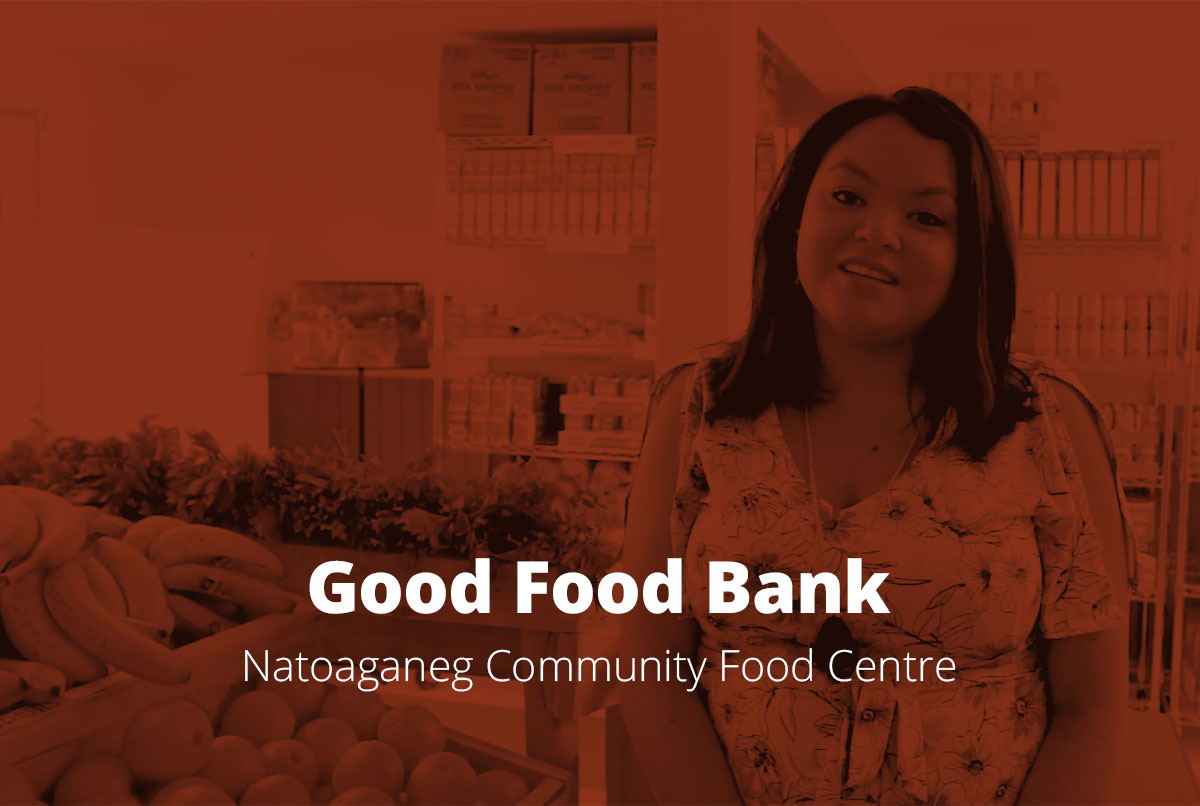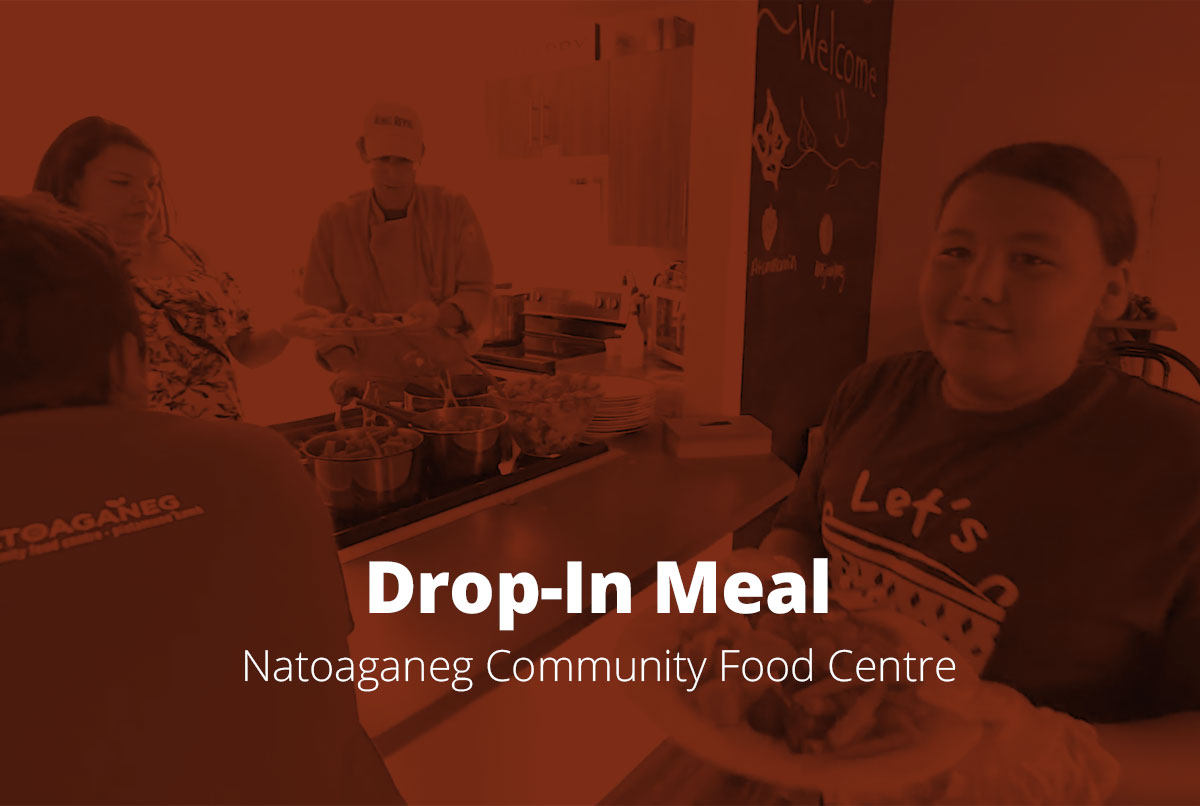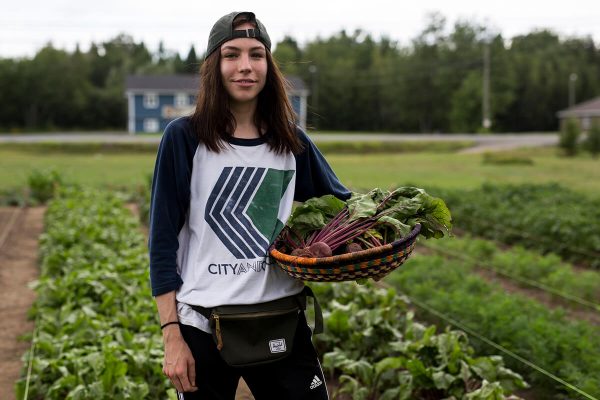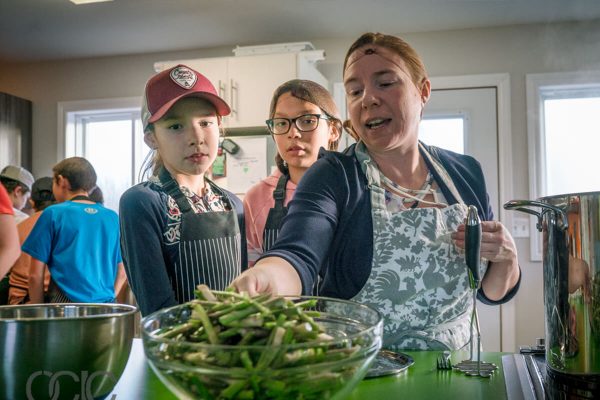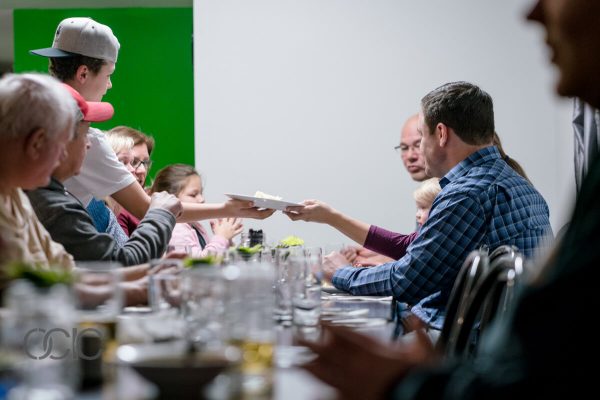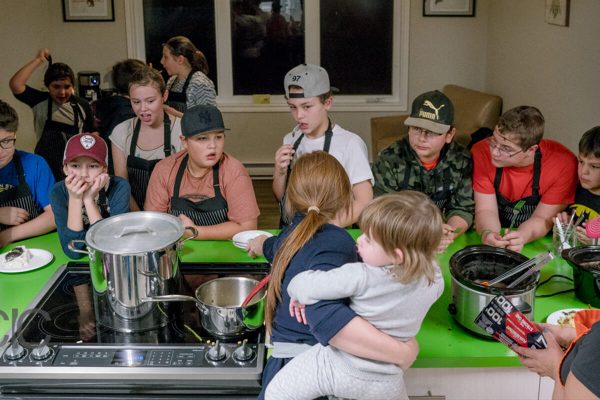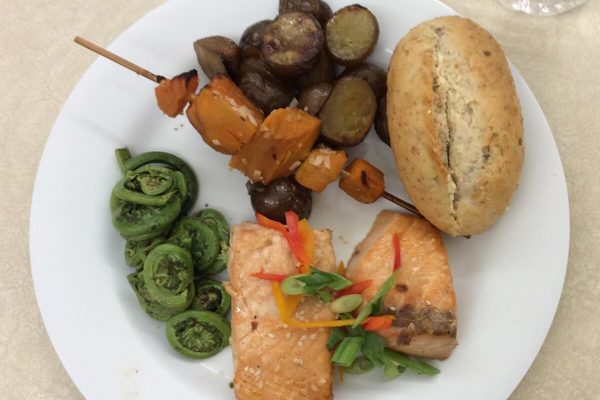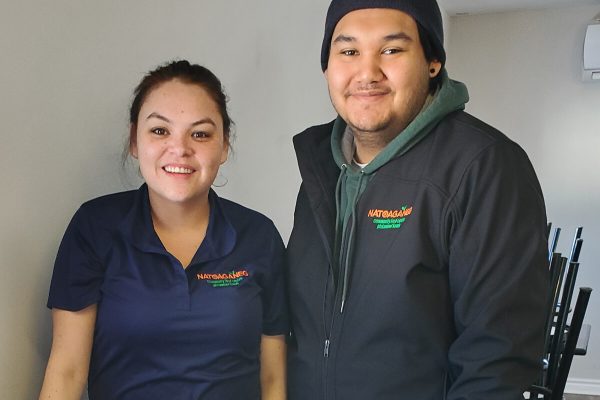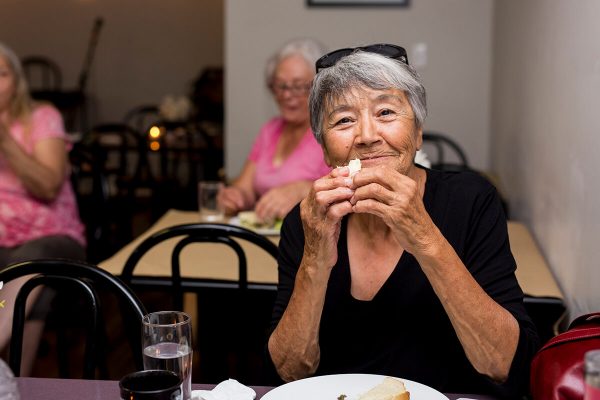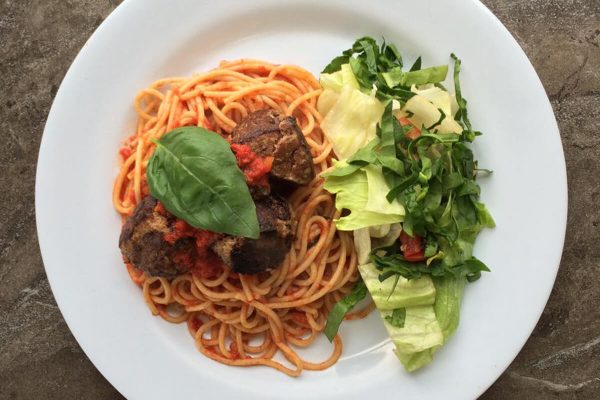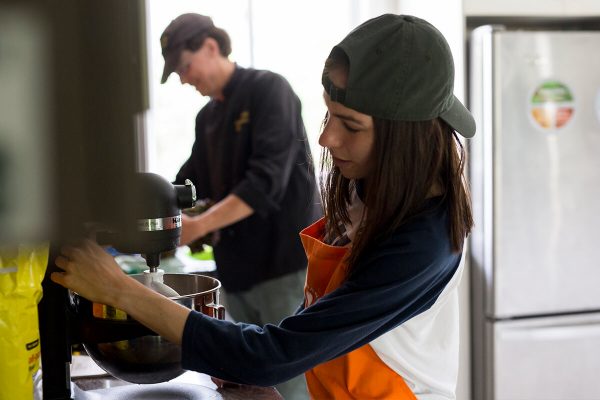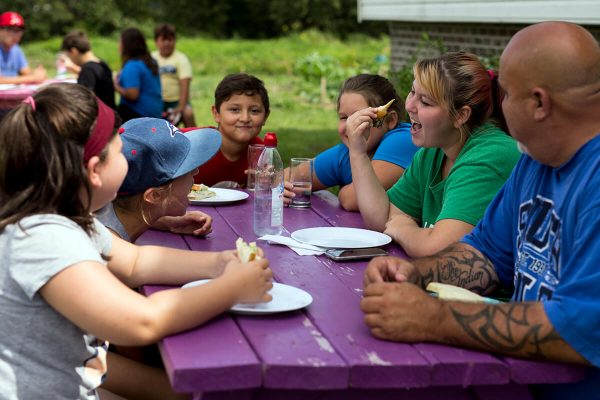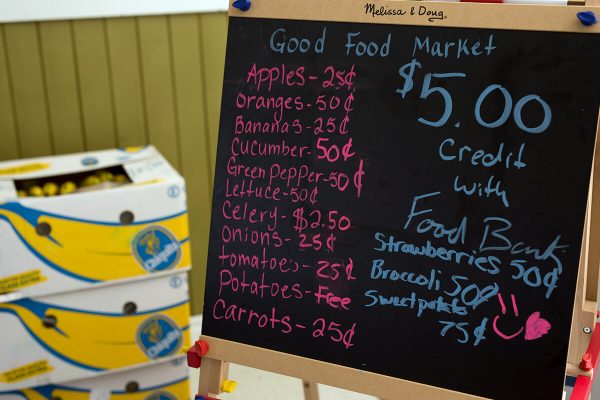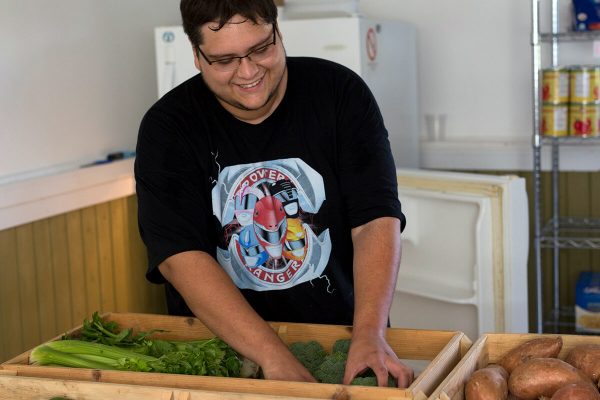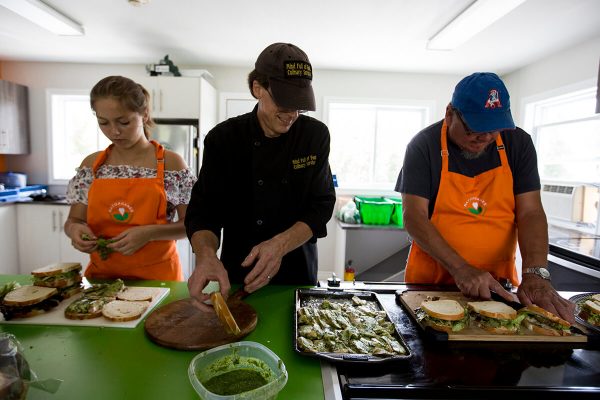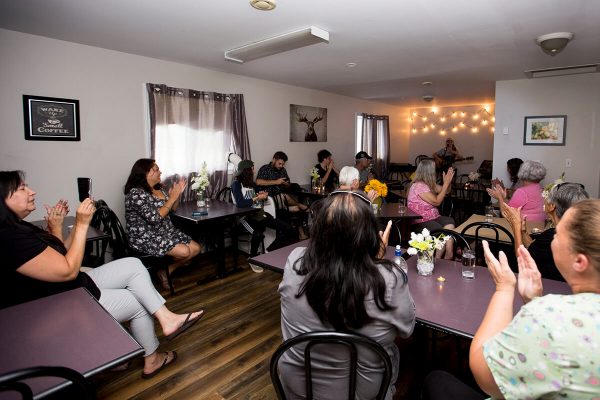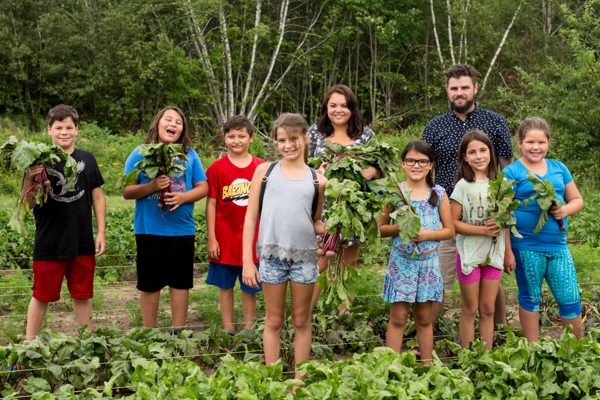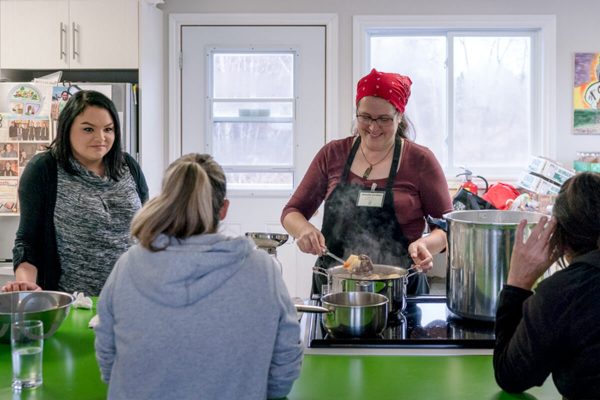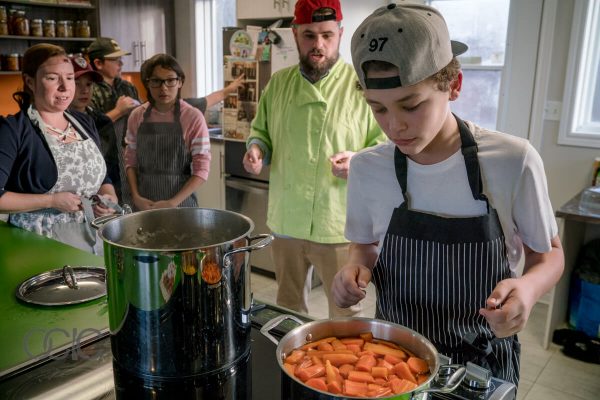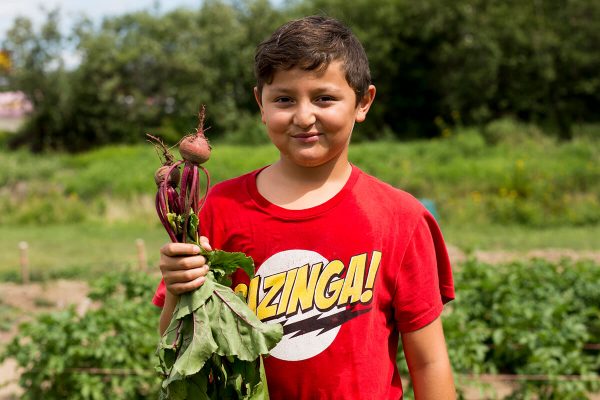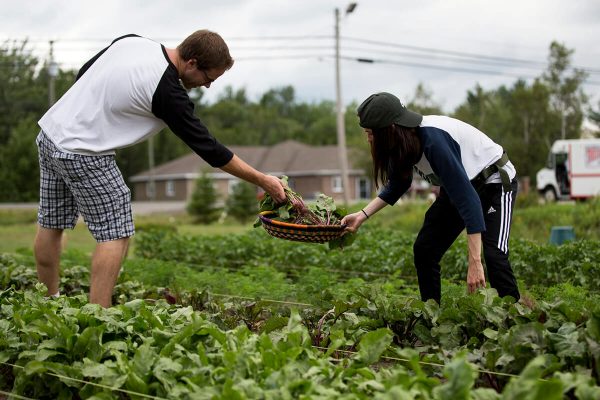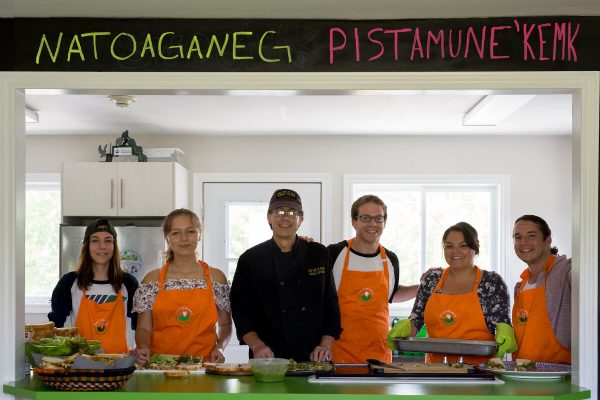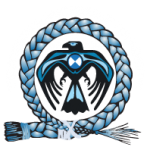Territory: Mi’kmaq / NB
Natoaganeg
Community Food Centre
The Natoaganeg Community Food Centre (CFC) is a Mi'kmaq First Nation Community Food Centre in New Brunswick - bringing people together to grow, cook, share, and advocate for good food for all. The Natoaganeg Community Food Centre provides people with access to high-quality food in a dignified space. People learn cooking and gardening skills, kids get their hands dirty in the garden and kitchen in ways that expand their taste buds and help them make healthier food choices. Community members can take action on the issues that affect them, and people find friends and support.
It began as a food bank for the community and its social recipients and it has evolved into a whole community effort to engage Elders and youth. The Food Centre project took root after community members in Eel Ground First Nation came together to talk about how to address the serious issue of food insecurity, which affects 40 per cent of households in Eel Ground. With support from the Chief, Council, and community, and early funding from Canadian Feed the Children, they created a space in 2016 and started running programs focused on increasing food access, food skills, and education and engagement opportunities. Natoaganeg Community Food Centre recently became a partner site of Community Food Centres Canada (CFCC), a national organization that is driving the development of CFCs across the country. Natoaganeg CFC is increasing access to healthy food, empowering people to build food skills, and creating opportunities for people to become engaged in the community. This initiative has been operating for about three years and involves the community members, the First Nation Community School, local industry, Chief and Council and many external (non-First Nations) wellness partners/networks.
The Natoageneg Community Food Centre has become a model for New Brunswick First Nation Wellness practices through enabling First Nations Elderly and youth to work together on projects related to food security and community gardens that connect healthy food to traditional practices and culture. The program has created greater community connectedness, capacity and resilience through strong bridge-building between youth and Elders and the community, and has provided many opportunities for youth to lead. It has become an important support system for community wellness.
”I feel as though we have the opportunity to become food sovereign within our community. However, for many reasons, we are having a hard time accessing teachings. There are barriers: Elders passing on, not having money for gas or a weapon, and the intergenerational impacts of colonization. We’re working through this. I think we’re just reclaiming what was taken from us. That’s it.
Erica Ward
Practice in Detail
First Nations households and food insecurity:
- Overall, 48% of First Nation households have difficulty putting enough food on the table
- Families with children are even more likely to struggle
- Higher prices for healthy food in rural and remote communities compared to urban centres make healthy food beyond the reach of many families
- People are also finding it increasingly difficult to access traditional food, which is healthier and is foundational to the culture and traditions of Indigenous communities
- Governments must do more remove barriers in access to traditional food to help address the disproportionately high rates of First Nations food insecurity
Food insecurity and mental health:
- Poverty is both a cause and a consequence of poor mental health
- Poverty and its associated physical and social deprivations can lead to mental health challenges
- And people living with mental illness often face significant barriers to employment and inclusion over their lifetime, which can significantly increase the incidence of poverty
- Reducing the stigma around mental illness and creating access to appropriate community and mental health supports are necessary steps to breaking down barriers and making change possible
- Paying attention to the role food and nutrition play in maintaining mental health is also critical
The name of the community food centre – Natoaganeg pistamune’kemk – can be loosely translated to mean “The place where eels live – where they burrow into the ground. The place to get food – but just enough, not more than you need. You take what you need.” Being a central place where people can access healthy food, no questions asked, community begins to build. It is a “community within the community” through which many people begin to find their way out of isolation and hopelessness, towards purpose and hope for the future.
In addition to growing vegetables and fruits on site, traditional medicine – sweetgrass – has begun to grow at the CFC voluntarily. It is on hand for anyone who needs healing, which is what this place has become for many people: a healing place where food brings people together (with land and plants), and through these connections with self and other participants begin to identify their own gifts and roles in the broader community. The Natoaganeg CFC also works closely with a traditional hunter who waits for a sign from the Creator that it is time to take down a particular animal. This meat is then processed in his own butcher shop, and shared with the community through the Natoaganeg CFC. It is a safe place where Mi’kmaq people come together to support one another, celebrate successes, and build possibilities by “reclaiming what was taken.”
Much of what happens at the Natoaganeg CFC is in the informal moments made possible by the food sharing and programming. Formal programming includes: drop-in meals, food preservation workshops, food bank, and good food market.

